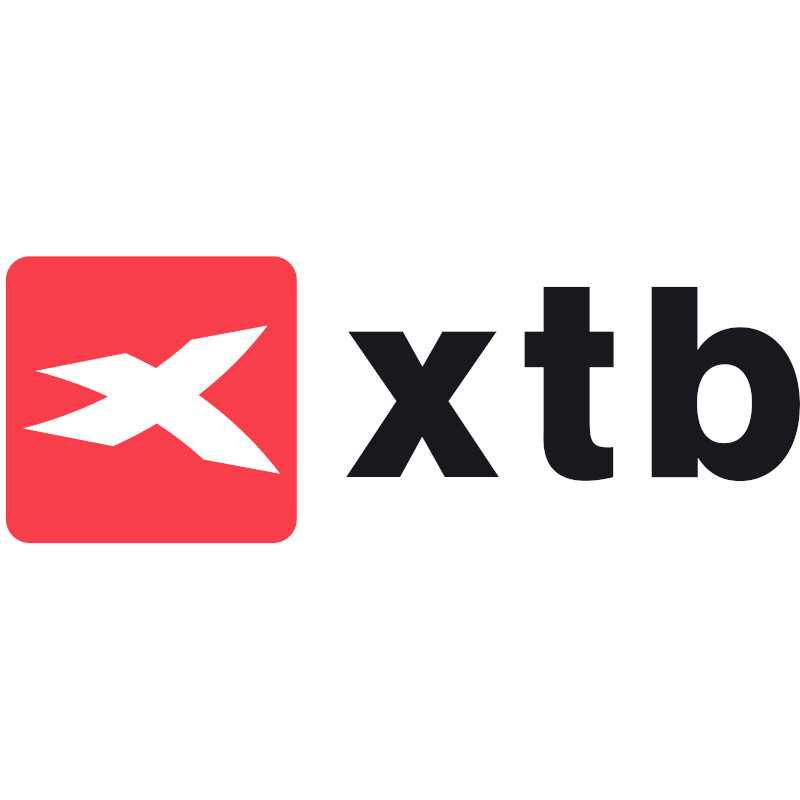
By Kathleen Brooks, research director at XTB.com
The UK’s inflation rate for February fell to its lowest level in two years and was weaker than analysts had expected. The annual headline rate of inflation was 3.4% last month, down from 4% in January. The annual core rate of inflation was 4.5%, down from 5.1% at the start of the year, and a touch better than the 4.6% expected. Service price growth also decelerated to 6.1% from 6.5%, although this was stronger than the 6% expected, and the monthly rate also rose at a fast 0.6% rate. Overall, there was something in this report for both the hawks and the doves as we lead up to Thursday’s BOE meeting.
Food, energy and car prices help inflation rate take massive stride towards 2% target
The pound weakened as we led up to the report, however, GBP/USD found support at 1.27, and the pair has been trading above this level in the immediate aftermath of the inflation reading. UK Gilt yields have also trended lower in the lead up to this report, which has weighed on sterling. The details within the inflation report were mostly positive for the UK’s inflation outlook: the rate of annual food price inflation has halved since October 2023, there were also large declines for transport and education costs compared with February 2023. However, the price for housing has trended higher in the last 5 months, as mortgage rates rise on the back of volatility in the bond market.
There were more declines in the energy price, with electricity prices falling 18.3% compared with February last year. We expect further declines in the price of energy in April as the energy price cap is lowered once again. Car prices also saw prices fall compared to February 2023.
Monthly price increases suggest goods prices are no longer deflationary
The UK has managed to buck the trend seen in the US of higher-than-expected annual inflation for February. However, like Europe and the US, the monthly rate of headline inflation was strong, rising by 0.6%, after dropping 0.6% in January. A 1.2% increase in the monthly inflation rate between January and February suggests that goods prices are becoming a less reliable source of deflation as we move through Q1, and this is a trend to keep an eye on. Services prices also rose 0.6% on the month, with MoM price increases for travel, housing and recreation. The monthly rate of educational prices was flat, while medical costs also weakened MoM to a 0.1% rate down from a 2.1% rate in January, when medical prices tend to rise each year.
UK no longer a global outlier on inflation
Overall, combined with the weakening wage data that we saw last week, this is an encouraging report, and it suggests that the UK’s inflation rate is moving in the right direction, even though the monthly rate of price increases has accelerated. The sharp cooling in food and energy prices compared with last year is a boon for the consumer. The Bank of England’s inflation target is now in sight, and the UK is no longer an inflation outlier, its headline annual CPI rate is now only 0.2% higher than it is in the US, and prices in the US have been surprising on the upside, while the deceleration in the UK’s inflation rate continues.
May BOE meeting is critical
This does not shift the dial for Thursday’s BOE meeting, in our view, and we expect the BOE to continue to signal that the war on inflation is not yet over, and the Bank needs to see more evidence on the outlook for price growth before rates can be cut. However, this does shift the dial for the Bank’s May meeting, where we expect to get an update on the timing of rate cuts. Right now, the market is split between the first-rate cut coming at the June or August meeting. The BOE has a tendency to adjust interest rates at the meetings where it presents its Inflation Report, which is in August. However, if inflation continues to decline at this pace, and if February’s monthly increase in prices is a blip, then we could see them cut rates sooner.

XTB CY-RISK DECLARATION: CFDs are complex instruments and come with a high risk of losing money rapidly due to leverage. 78% of retail investor accounts lose money when trading CFDs with this provider. You should consider whether you understand how CFDs work and whether you can afford to take the high risk of losing your money.
XTB UK-RISK DECLARATION: CFDs are complex instruments and come with a high risk of losing money rapidly due to leverage. 77% of retail investor accounts lose money when trading CFDs with XTB Limited UK. You should consider whether you understand how CFDs work and whether you can afford to take the high risk of losing your money.
XTB is a trademark of XTB Group. XTB Group includes but is not limited to following entities:
X-Trade Brokers DM SA is authorised and regulated by the Komisja Nadzoru Finansowego (KNF) in Poland
XTB Limited (UK) is authorised and regulated by the Financial Conduct Authority in United Kingdom (License No. FRN 522157)
XTB Limited (CY) is authorized and regulated by the Cyprus Securities and Exchange Commission in Cyprus. (License No.169/12)
Clients who opened an account from the 1st of January 2021 and are not residing in the UK, are clients of XTB Limited CY.


